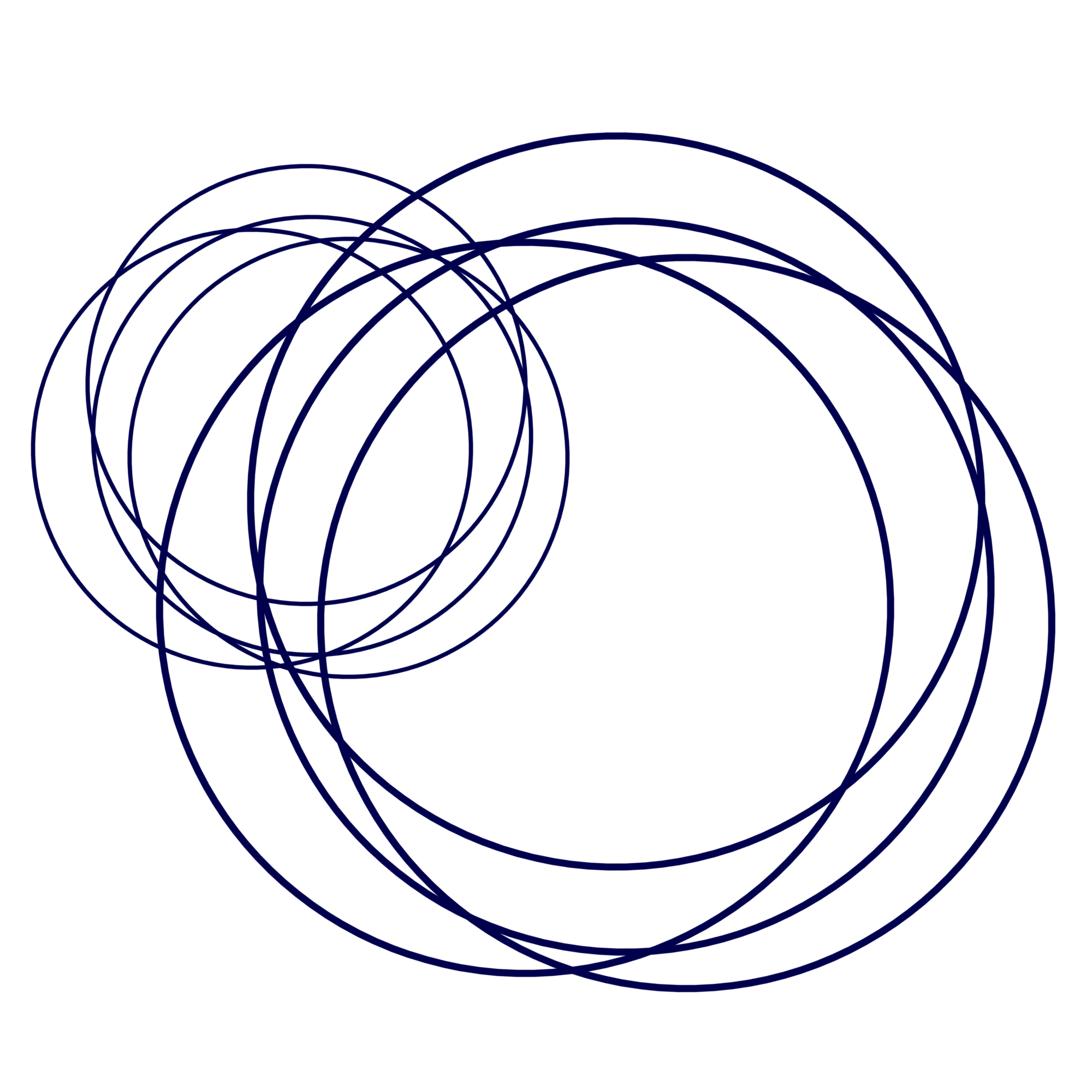927
This phrase carries a significant freight. Although it might be read as one more occasion
in which Victor yields up his distinctive identity, substituting an obscure destiny
in the process of fulfillment for his innate responsibility for events, in fact this
necessity is driven by his own remorse, which is so acute that it can never be assuaged.
Although he seems unaware of what he is doing, he is actually claiming responsibility
for that destiny.
